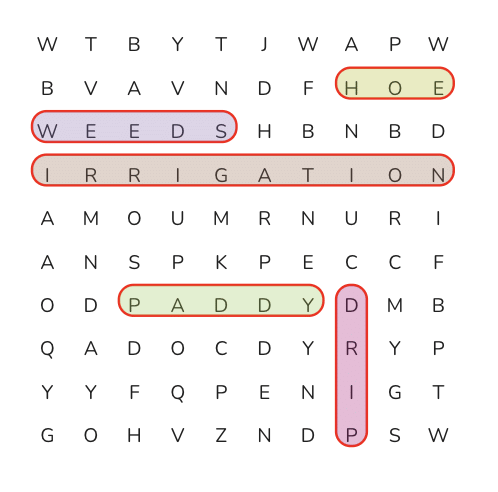Multiple Choice Questions (MCQs)
Q1: What is the primary purpose of irrigation in crop production?
(a) To remove weeds
(b) To supply water to the crops
(c) To add nutrients to the soil
(d) To cut the crops
Ans: (b) To supply water to the crops
Irrigation is the process of supplying water to crops at regular intervals for proper growth.
Q2: Which of the following is a kharif crop?
(a) Wheat
(b) Maize
(c) Gram
(d) Mustard
Ans: (b) Maize
Kharif crops are grown during the rainy season, and maize is one of them.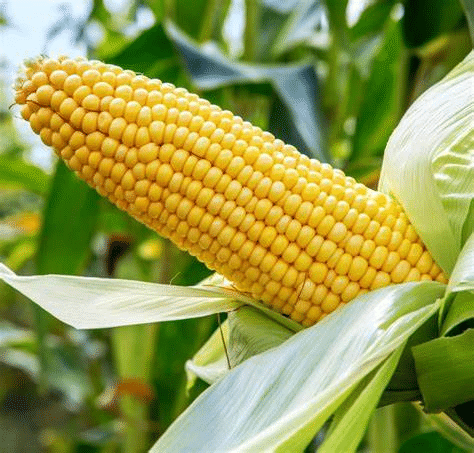
Q3: Which tool is used for ploughing the field in traditional farming?
(a) Hoe
(b) Plough
(c) Harvester
(d) Seed drill
Ans: (b) Plough
The plough is used for ploughing or tilling the soil to prepare it for sowing.
Q4: Which type of crop is wheat?
(a) Kharif crop
(b) Rabi crop
(c) Summer crop
(d) Pulse crop
Ans: (b) Rabi crop
Wheat is a rabi crop, which is grown in the winter season.
Q5: What is the main difference between manure and fertilisers?
(a) Fertilisers are organic, manure is not
(b) Fertilisers are man-made, while manure is organic
(c) Manure is prepared in factories, fertilisers are not
(d) There is no difference
Ans: (b) Fertilisers are man-made, while manure is organic
Manure is organic, derived from plant and animal waste, while fertilisers are inorganic and man-made.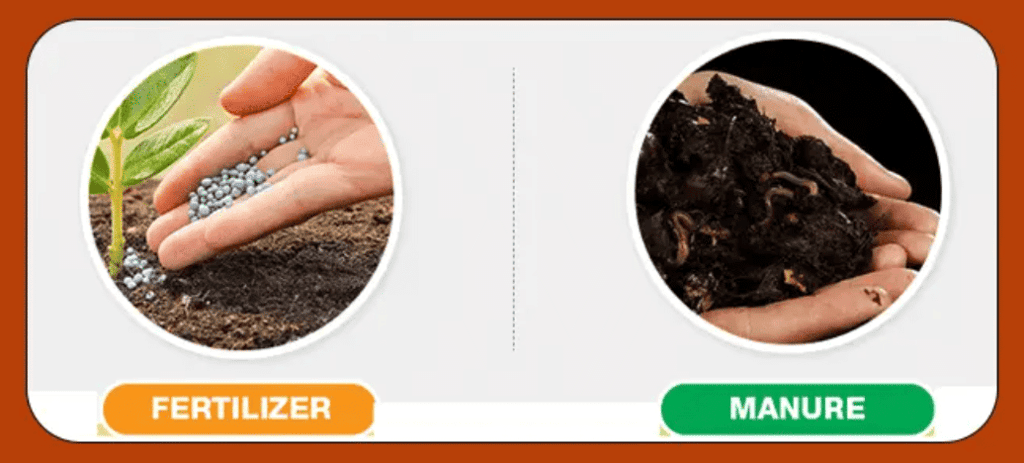
Short Question/Answer (Q&A)
Q1: What are kharif crops?
Ans: Kharif crops are grown during the rainy season, from June to September. Examples include paddy, maize, and cotton.
Q2: Why is it important to prepare the soil before sowing?
Ans: Soil preparation is necessary to loosen the soil, making it easier for plant roots to penetrate and absorb nutrients and water.
Q3: What are weeds, and why is it necessary to remove them?
Ans: Weeds are unwanted plants that grow alongside crops. They compete with crops for nutrients, water, and sunlight, hindering crop growth.
Q4: How do earthworms help farmers?
Ans: Earthworms help by turning and loosening the soil, improving aeration and nutrient availability, which benefits plant growth.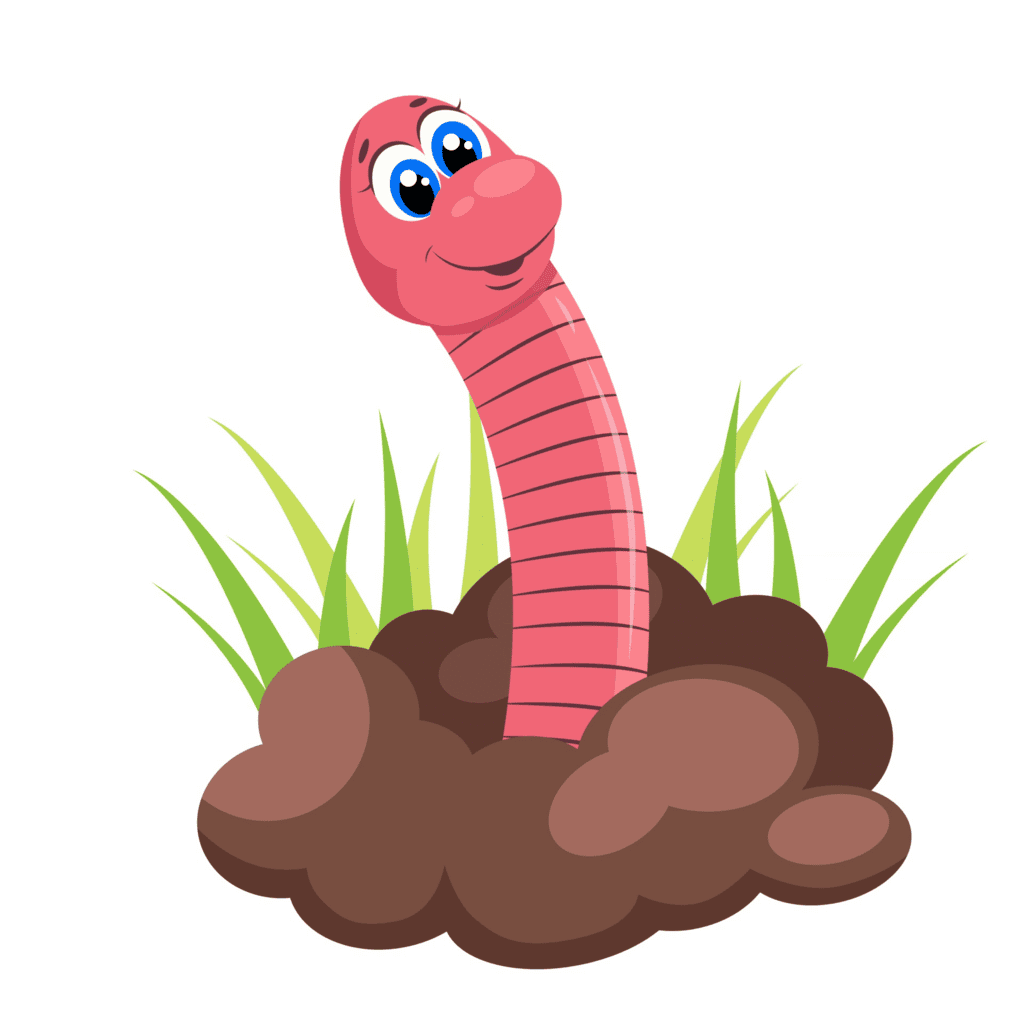
Q5: What is the role of fertilisers in crop production?
Ans: Fertilisers provide essential nutrients like nitrogen, phosphorus, and potassium to the soil, which enhance crop growth and yield.
Activity-Based Questions
Q1. Put some seeds in water and find out why do some seeds float in water while others sink?
Ans: Floating Seeds: These seeds are usually damaged, hollow, or contain air pockets, making them lighter in weight.
Sinking Seeds: Healthy seeds are denser and heavier, causing them to sink as their mass is greater than the buoyant force of water.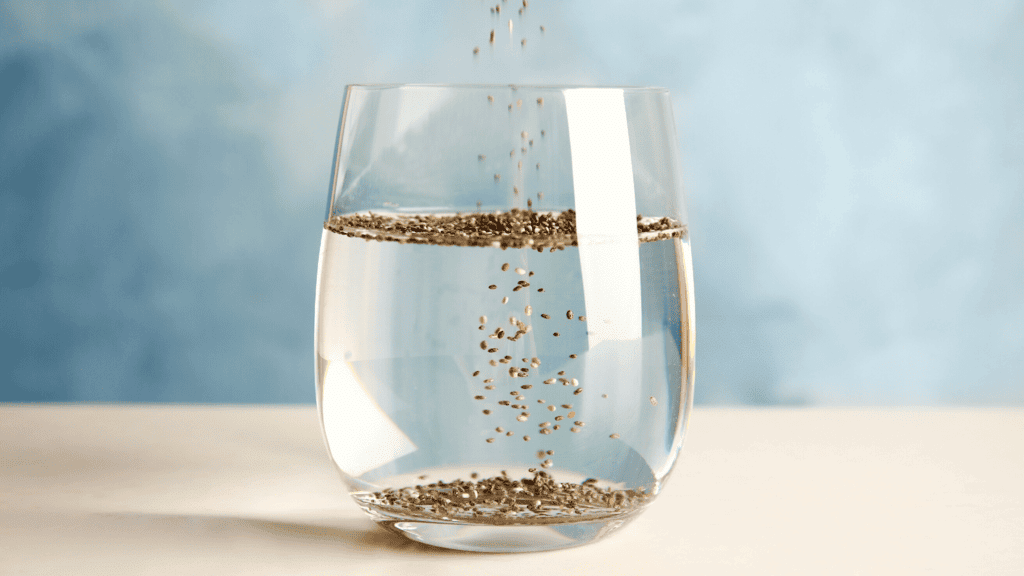
The density of the seed determines whether it will float or sink.
Q2. Grow 2 plants and put manure in one and fertilizer in the other. Find out what will happen to the growth of seedlings when manure and fertilisers are used? Don't forget to take a sample with no additives!
Ans:
Glass A (Manure): Seedlings will show better growth because manure provides essential organic nutrients and improves soil structure over time.
Glass B (Fertilizer): Seedlings in this glass may show faster growth due to the higher concentration of nutrients in fertilizers, providing immediate nourishment.
Glass C (No Additives): Seedlings in this glass will show slower growth since they lack the extra nutrients provided by manure or fertilizers.
Comparison: Manure offers sustained growth, while fertilizers promote quick growth. Both are beneficial for plant health.
Research-Based Question
Q1. Research how modern irrigation methods like drip irrigation and sprinkler systems contribute to water conservation and the improvement of crop yield.
Ans: Modern irrigation methods such as drip irrigation and sprinkler systems are designed to enhance water efficiency, which is crucial in regions facing water scarcity.
Drip Irrigation: This method delivers water directly to the plant's root zone through a network of tubes and emitters. By providing water where it's needed most, it reduces water wastage from evaporation, runoff, and surface absorption. Drip irrigation can save up to 30-50% of water compared to traditional irrigation methods. The precision with which water is delivered also prevents over-watering and waterlogging, which can harm crops. This targeted approach ensures that plants get the right amount of water, improving their health and boosting crop yield.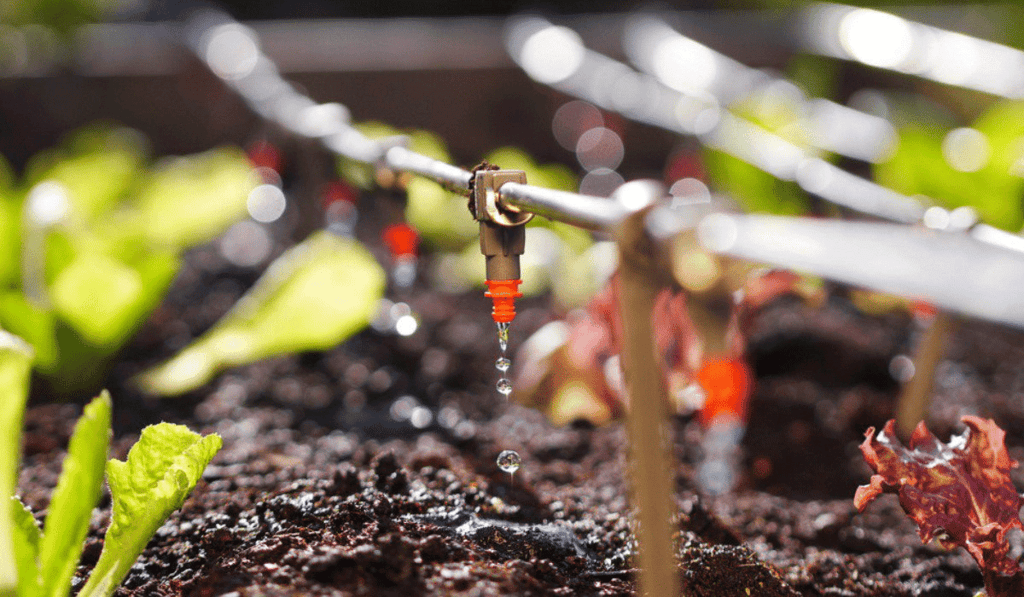
Sprinkler Systems: These systems distribute water uniformly over the crops, mimicking rainfall. The efficiency of modern sprinklers has improved with advanced features like timers, sensors, and adjustable nozzles that help control the amount of water dispensed. Sprinklers ensure that water is evenly distributed, preventing water from pooling in one area and allowing crops to grow uniformly. They are particularly useful in areas where soil conditions vary or where flood irrigation is impractical. The uniform distribution of water also reduces the chances of crop stress, leading to improved growth and yield.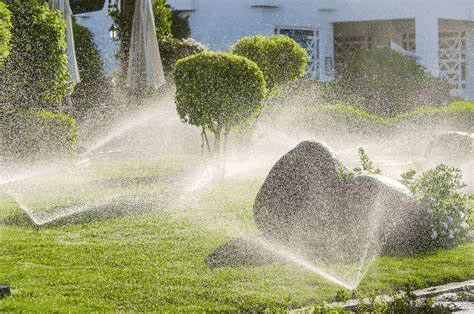
Both methods contribute to water conservation by using water efficiently and preventing wastage. They also promote better crop growth by ensuring consistent watering, which is essential for high yields, particularly in regions with limited water resources. These methods are increasingly important as agriculture faces the challenges of climate change and water scarcity.
Think & Discuss
Q1: Imagine you are a farmer planning to grow a crop during the monsoon season. What factors would you consider before choosing the type of crop to grow, and how would you manage the crop throughout its growth?
Ans: Choosing the Crop:
Climate and Weather: Monsoon rainfall is ideal for crops like rice and sugarcane, which need a lot of water.
Soil Type: Rice grows well in clayey soil that retains water, while crops like wheat need loamy soil with good drainage.
Crop Variety: Choose disease-resistant varieties and those suited to the local weather conditions.
Managing the Crop:
Irrigation: Even with monsoon rain, irrigation may still be needed during dry spells.
Weeding: Remove weeds regularly to prevent them from competing with the crop for nutrients and water.
Fertilization: Use appropriate fertilizers to ensure healthy growth, based on soil tests.
Protection from Pests: Use pesticides or natural pest control methods to protect the crop from diseases and pests.
Harvesting: Harvest the crop at the right time to avoid loss of yield or quality.
By considering these factors, a farmer can successfully manage crops during the monsoon season for optimal growth and good yield.
Word Search
Instructions: Find the answers to the questions below in the word search provided.
Clues:
- Process of watering crops (8 letters)
- A crop grown in the rainy season (6 letters)
- Tool used for weeding (3 letters)
- A method of irrigation where water drips directly on plant roots (4 letters)
- Unwanted plant growing in fields (5 letters)

Ans:
- Irrigation
- Paddy
- Hoe
- Drip
- Weeds
